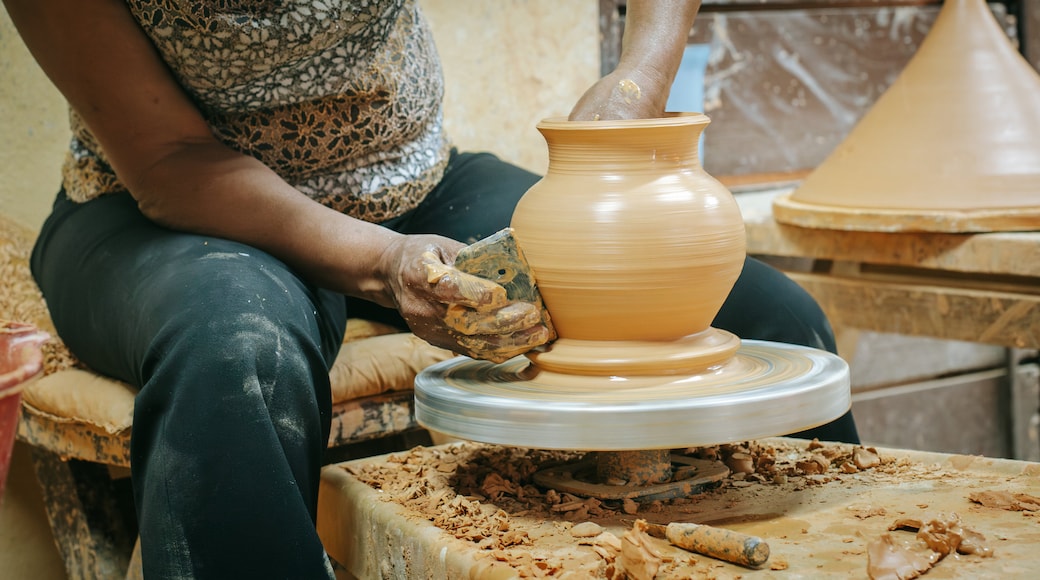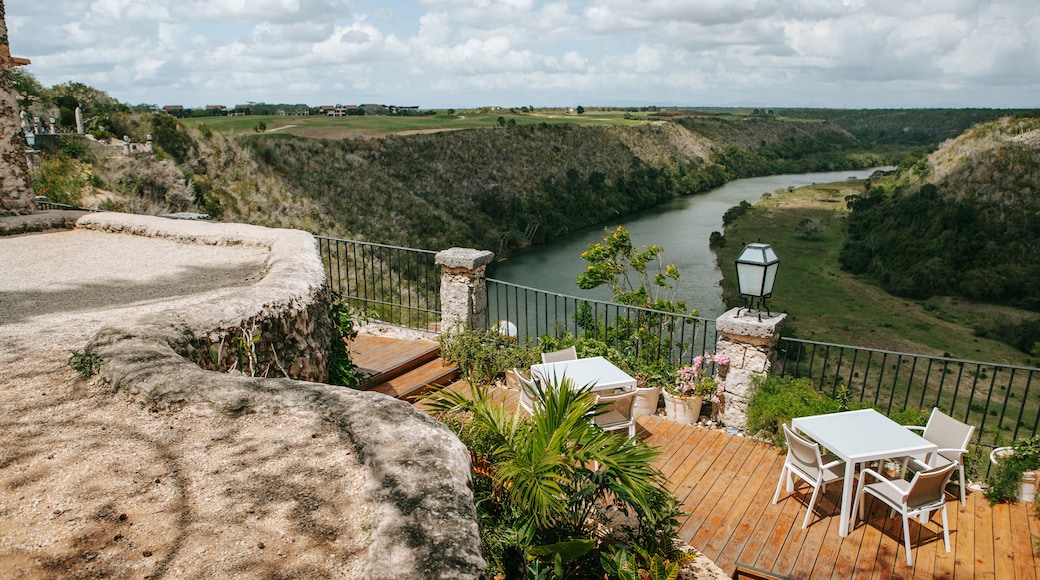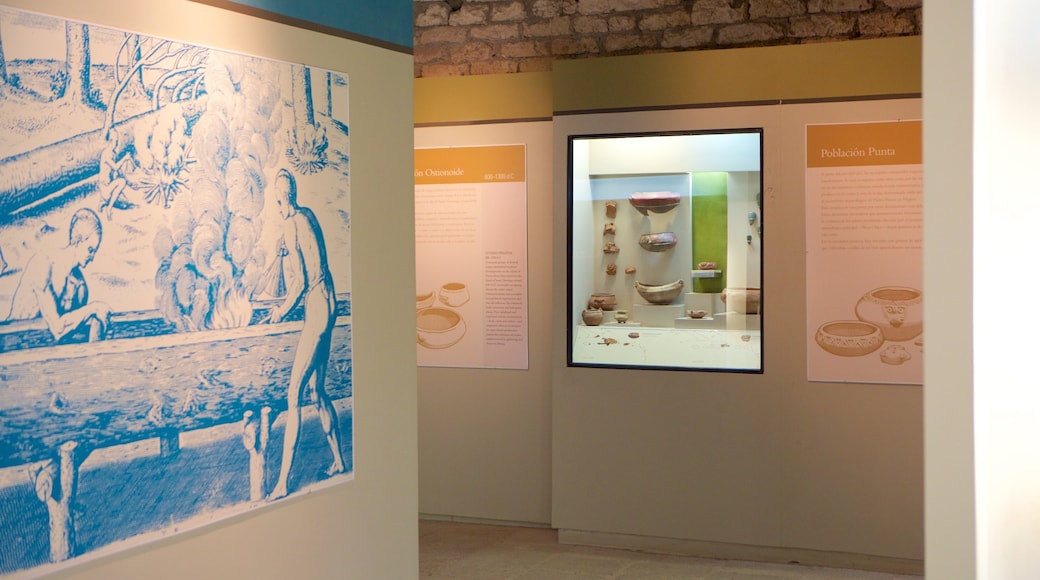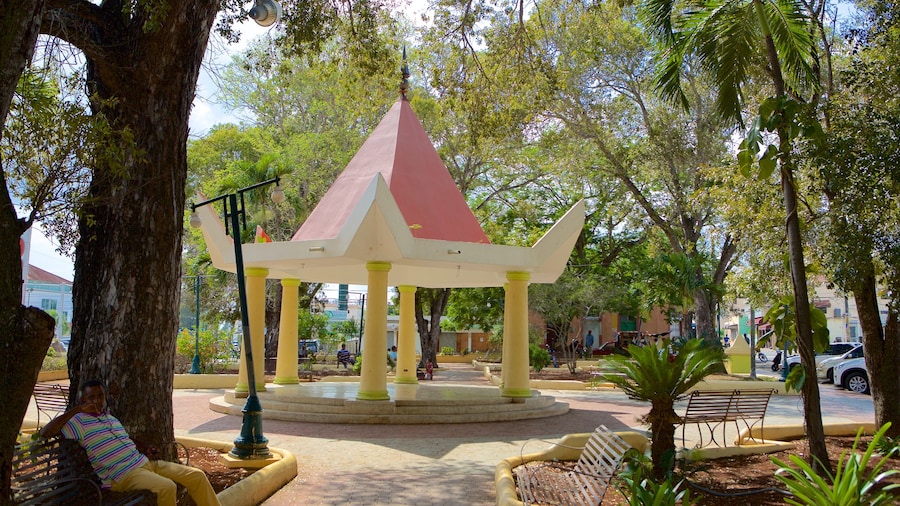A replica 16th-century Mediterranean village perched on a rocky outcrop above the River Chavón.
Home to cobbled walkways, weathered courtyards, stone archways and a fountain plaza, Altos de Chavón looks and feels like it’s been there for centuries. Yet the place has only been standing since 1982, when six years of construction were finally finished.The village was designed by the Dominican architect Jose Antonio Caro and the Italian designer Roberto Coppa. All the buildings, ironwork, pathways and stone carvings were handcrafted by Dominican artisans. More than just a visitor attraction, Altos de Chavón is a living cultural centre where artists from the Dominican Republic and abroad teach and study at the on-site design school. The products of their labours are on sale in the village’s art galleries and shops.Wander through the narrow streets and admire the architecture and attention to detail. The Regional Museum of Archaeology is often overlooked on account of its unassuming façade. Be sure to step inside, however, because you will discover a treasure trove of more than 3,000 artefacts that chart the history and culture of the region’s pre-European societies.
Make sure to visit Altos de Chavón’s huge open-air amphitheatre. Its 5,000 seats are carved from stone, and the venue was inspired by ancient Roman designs. International stars such as Sting, Frank Sinatra, Julio Iglesias, Carlos Santana and Shakira have graced its stage.At the heart of the village is the Church of St. Stanislaus, named after the patron saint of Poland. When the church was inaugurated in 1979, Pope John Paul II sent the saint’s ashes to commemorate the event. Weekly Catholic masses are held here, as are numerous weddings.A stroll through the village will also take you pass a number of restaurants and bars serving local and international cuisines. Many stay open late into the evening.Located in La Romana, on the southeast coast of the Dominican Republic, Altos de Chavón is part of the Casa de Campo resort. It’s approximately 90 minutes by car from Punta Cana.






















